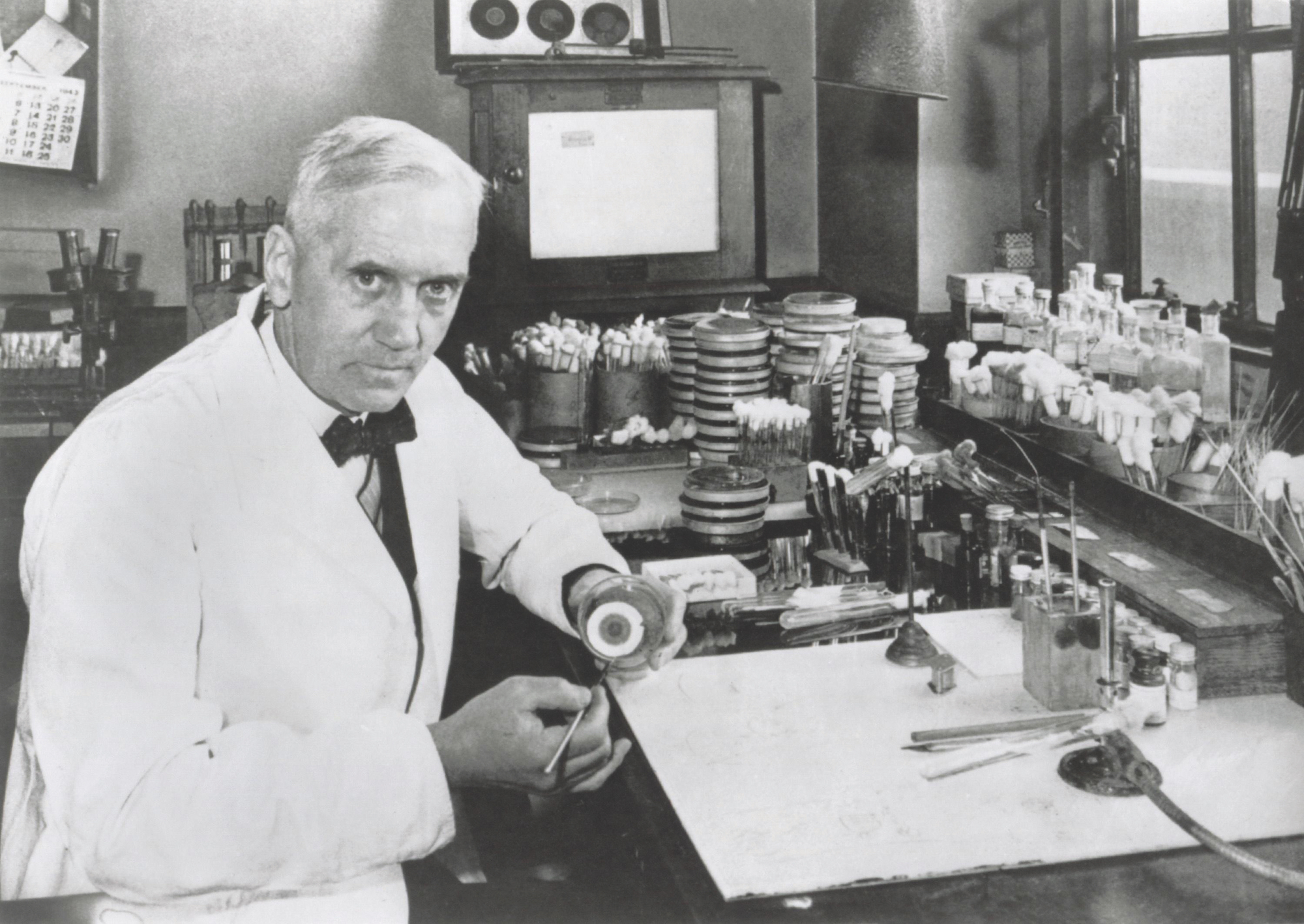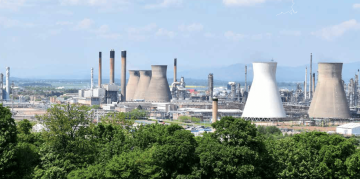The accidental discovery by Alexander Fleming of a mouldy petri-dish in 1928 kickstarted a 20 year journey to develop the world’s first mass-produced antibiotic. But little progress has been made since the 1980s to develop new drugs to combat the growing ‘silent pandemic’ of antimicrobial resistance.
Now scientists at the Ineos Oxford Institute have helped to identify a potential future drug that could extend the life of ‘last resort’ antibiotics.

IN January 2021 INEOS committed £100 million to Oxford University amid fears that a growing, ‘silent pandemic’ of antimicrobial resistance would end modern medicine as we know it. A year on, scientists, based at the Ineos Oxford Institute, have made a promising discovery.
Carbapenems are vital, often ‘last resort’, antibiotics that are used to treat serious infections, such as sepsis and pneumonia, when all others have failed.
Despite that, some bacteria have found a way to render those carbapenems useless by producing enzymes called metallo-betalactamases (MBLs), leading to a rise in superbugs.
But new collaborative research, conducted by scientists from the Ineos Oxford Institute and several institutions across Europe, has found that indole carboxylates, a new class of enzyme blockers, can stop those enzymes working, leaving the antibiotic free to attack and kill bacteria, such as E. coli, in the lab and in infections in mice.
The researchers first screened hundreds of thousands of chemicals to see which would attach tightly to the metallo-beta-lactamases enzymes to stop them working – and which didn’t react with any human proteins.
By zooming in to take a closer look at how they work, the researchers found that these potential drugs attached to the enzymes in a completely different way to any other drugs because they copied how the antibiotic behaved with those enzymes.
The researchers then chemically changed aspects of the drugs to make them as effective as possible and tested them, in combination with carbapenems, against multi-drug resistant bacteria in both dishes in the lab and in mice.
“The potential new drugs, in combination with carbapenems, were found to be many times more potent at treating severe bacterial infections than carbapenems alone,” said Professor Schofield.

Antimicrobial resistance is currently responsible for about 700,000 deaths every year, but it threatens to get much, much worse, with fears that 10 million people could die every year by 2050 from common infections.
“It is a massive problem because collectively we haven’t been making enough new clinically useful antibiotics,” he said.
“As a society we must find ways both to make new antibiotics and protect the ones we have. The alternative is that routine modern medicine will be disrupted in a manner simply too horrendous to conceive.”
INEOS’ £100 million, which was used to set up the Ineos Oxford Institute, will support research into the growing resistance to antibiotics.
The money will enable more than 50 researchers to address the overuse and misuse of antibiotics, collaborate with other global leaders and develop new drugs for people and animals.
“With the fantastic support we have received from INEOS, we can replicate the latest drug discovery programme within the institute for multiple different bacterial targets and applications,” said Professor Tim Walsh, Academic Lead (Microbiology) at the Ineos Oxford Institute.
This latest research is the culmination of years of work and is a long way from being a proven solution.
But if indole carboxylates can be developed, tested and made into safe, human medicines, they could extend the effectiveness and lifespan of some of our current antibiotics and save lives all over the world.
Professor Tim Walsh said the discovery also proved that academia, given the space to create, could produce something amazing.
“That’s what we have seen here,” he said. “And we hope to make many more similar promising discoveries as the institute grows over the years.”
“This clever, Trojan Horse trick allowed these potential drugs to be highly effective against a very wide range of MBL-producing superbugs,” said Professor Christopher Schofield, Academic Lead (Chemistry), at the Ineos Oxford Institute at the University of Oxford.
Scientists, based at the Ineos Oxford Institute, have made a promising discovery which could extend the life of 'last resort' antibiotics
‘This clever, Trojan Horse trick allowed these potential drugs to be highly effective against a very wide range of MBL-producing superbugs’ - Professor Christopher Schofield, Academic Lead (Chemistry), at the Ineos Oxford Institute at the University of Oxford
Penicillin
The discovery of Penicillin and its purification into the first antibiotic in the early 1940s was one of the greatest medical advances of the 20th century.

Antibiotics changed the course of medical history, saving countless lives at the end of the Second World War, making childbirth safe for the first time in human history and allowing the creation of all modern surgery and cancer treatment that we benefit from today.
Following the discovery of Penicillin there was a “golden age” of antibiotic discovery lasting several decades.
Sadly, this era has finished, and we are left with a dwindling stock of medicines that are becoming ever less effective as bacteria naturally develop resistance to their actions.
Society needs to continue working hard to keep hold of these medical gains, and avoid returning to a pre-antibiotic era when a simple cut could be fatal.
The Ineos Oxford Institute for Antimicrobial Research was established to advance the search for solutions to one of the biggest public health challenges of our time. Researchers are working in the lab, in the field and with the public to discover new ways to prevent and treat drug resistant infections.


















